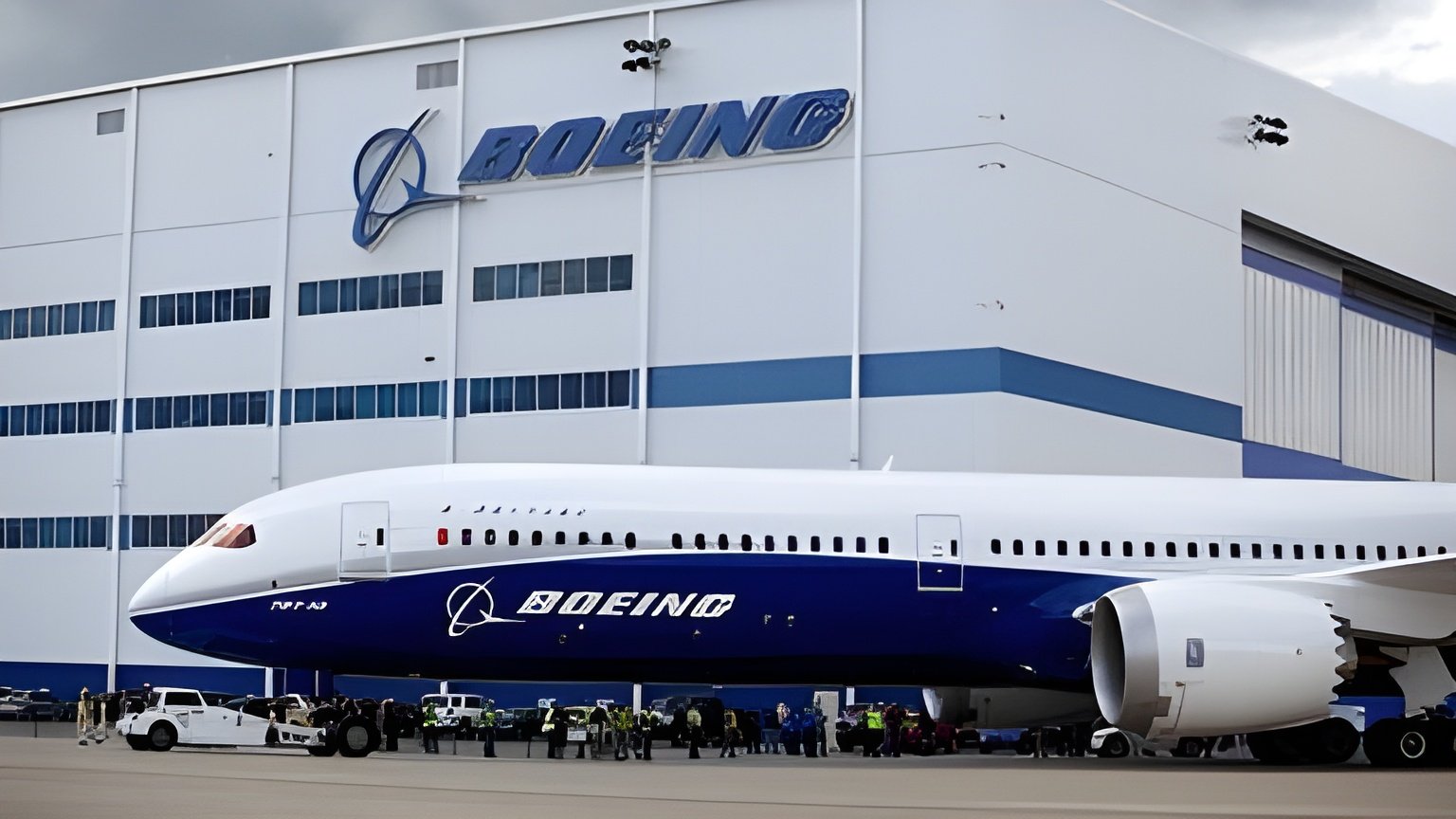
A Look at Boeing’s Financial Flight Path in 2024: Revenue Growth, Struggles and Prospects Ahead
Boeing’s vision is one of the most ambitious and significant challenges in today’s aerospace landscape. Given where the company is financially and what its growth potential looks like, it’s important to break down the financial side of this picture. Its regular quarterly results display the various intricacies of operations, strategic financial maneuvers, and repositioning in markets.
This is how Boeing transitioned financially, what served as their primary income streams, and issues faced along the way, revealing a comprehensive picture of where this aerospace company stands today with its money on one side, struggles, good or bad to average numbers all linked together.
Solid topline growth with some operational hiccups

Boeing continues to deal with massive net losses — albeit not as catastrophic as last year. While they have been ramping up both 737 (nearly seven per month) and 787 production rates, analysts say Q1 revenue grew only because of costs incurred to pick the pace — a challenge against longer-term supply chain bottlenecks while struggling with less efficient processes resulting from labor shortfalls. The problems have only been compounded by the ongoing machinists’ strike, which was estimated last week to cost Boeing about $1.3 billion a month in lost sales.
Yet, this commercial division of Boeing keeps commanding way half from the entire amount. Commercial airplane revenue also rose sharply in Q3, totaling $7.4 billion, and reflected a particularly robust recovery in demand for passenger air travel as well as fleet modernization programs by its airline clients such as airlines. Deferred production costs on the 787-program amounted to over $33 trillion at quarter end now that the company is producing more widebody jets each month than it delivers, with build rates expected to exceed delivery. Boeing has also improved its supply chain, enhanced quality control initiatives (although they have yet to lead to turning a direct profit), and teed up future potential gains.
Debt and Cash Flow Pressures
That compares with more than $53 billion in debt, Boeing reported earlier this year as it was planning to raise around $15bn through stock and bond sales. The bankruptcy of Image Space will allow it to liquidate and continue operations through difficult economic times. However, is attempting to bolster its financial flexibility by incurring more debt — with a new $10 billion credit facility being launched — but keeping an investment-grade rating above this debt level will be key.
It also needs more certainty about cash flow. Boeing burned through about $1.3 billion in operating cash flow during the third quarter of 2019. While the liquidity is still reasonable with $10.5bn cash and securities, concerns abound over debt management alongside the sustainability of its improved operating cash flow trends. Analysts warn that getting them right is critical to not only maintain investor confidence but also hold off more credit downgrades.
Strategic Financial Moves & Raising Capital
To address these financial pressures, Boeing has pursued a number of strategic financial maneuvers. The latest $15-billion capital-raising plan comprises a combination of stock and mandatory convertible bonds that it intends to use for balance sheet stabilization, among other growth needs. Boeing is also looking at structured finance proposals, for example, securitizing deposits from subsidiary sales, which might deliver up to an additional $5bn.
The capital infusion would provide backing for Boeing as it navigates a pandemic-induced crisis and works to restructure costs, including cutting thousands of jobs and aligning production with demand. According to CEO Kelly Ortberg, these are important steps for Boeing. Nonetheless, market watchers are leery of the idea that such moves could dilute the value of shares owned by current shareholders.
Overcoming Regulatory and Safety Hurdles

Regulatory fallout at Boeing, especially in its defense and commercial airplane units, has added to the company’s financial woes. The 777X certification has been delayed, and Boeing is now extending the date of first deliveries to accommodate other scheduling factors, including new requirements from regulators, after a recent issue encountered during its 737 MAX program.
As a part of this, Boeing has had to take a $2.6 billion charge related directly to these delays that now impact its quarterly profitability and also signifies a much larger conundrum facing aerospace manufacturers in light of regulatory compliance vs. public safety line into business conduct
Meanwhile, Boeing’s defense unit has faced extra attention from domestic and foreign regulators. Boeing is also repricing airplane contracts and trying to patch international supply chains that collapsed during the pandemic amid changing governments’ defense strategies and customer requirements. This is creating the highest level of operational complexity in Boeing’s history as it reworks entire operations lines at great expense.
Outlook: Expected market rebound and strategic corrections
Moving forward, Boeing is all about riding out the storm in an up-and-down market and making sure it can cash in on a turnover resurgence throughout. Analysts believe there is an opportunity for commercial aviation growth, focusing on emerging markets in particular. Boeing predicts in its latest 20-year Commercial Market Outlook that single-aisle aircraft will be the main driver, matching up with domestic and short-haul travel growth.
By planning for the future, Boeing’s strategic investments—which are primarily in digital manufacturing and advanced materials—will not only save time during production but will also slash operational costs. The company is also emphasizing its customer relationships, with airlines worldwide renewing contracts and adding new 737 Next-Generation aircraft to their fleets. Nevertheless, the success of these aspirations relies on Boeing’s ability to get its financial and production difficulties under control.
Conclusion
The financial journey of Boeing over the past week and a half is a testament to both —both being challenged and resilient. Revenue growth is a plus, but its debt, cash flow problems, and regulatory issues continue to control the fate of Boeing. What happens after will be decided by successful deleveraging and cost controls, as well as a successful capital market campaign to foster long-term growth. Boeing investors and industry participants will be heavily monitoring the company’s financial jockeying for position in what suddenly is a rapidly shifting global aerospace landscape over the coming quarters.
For further Latest news updates visit Dailyforesight



